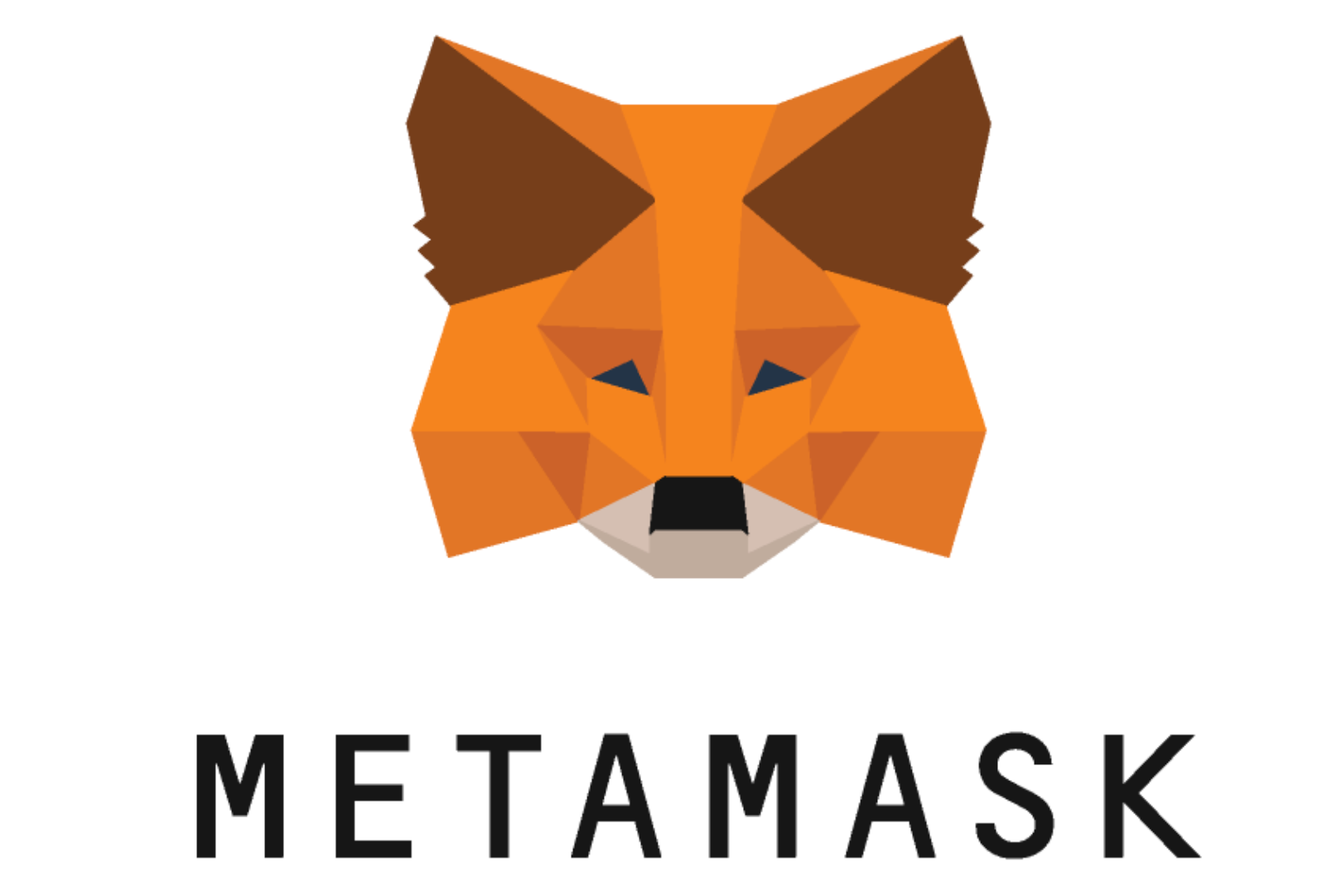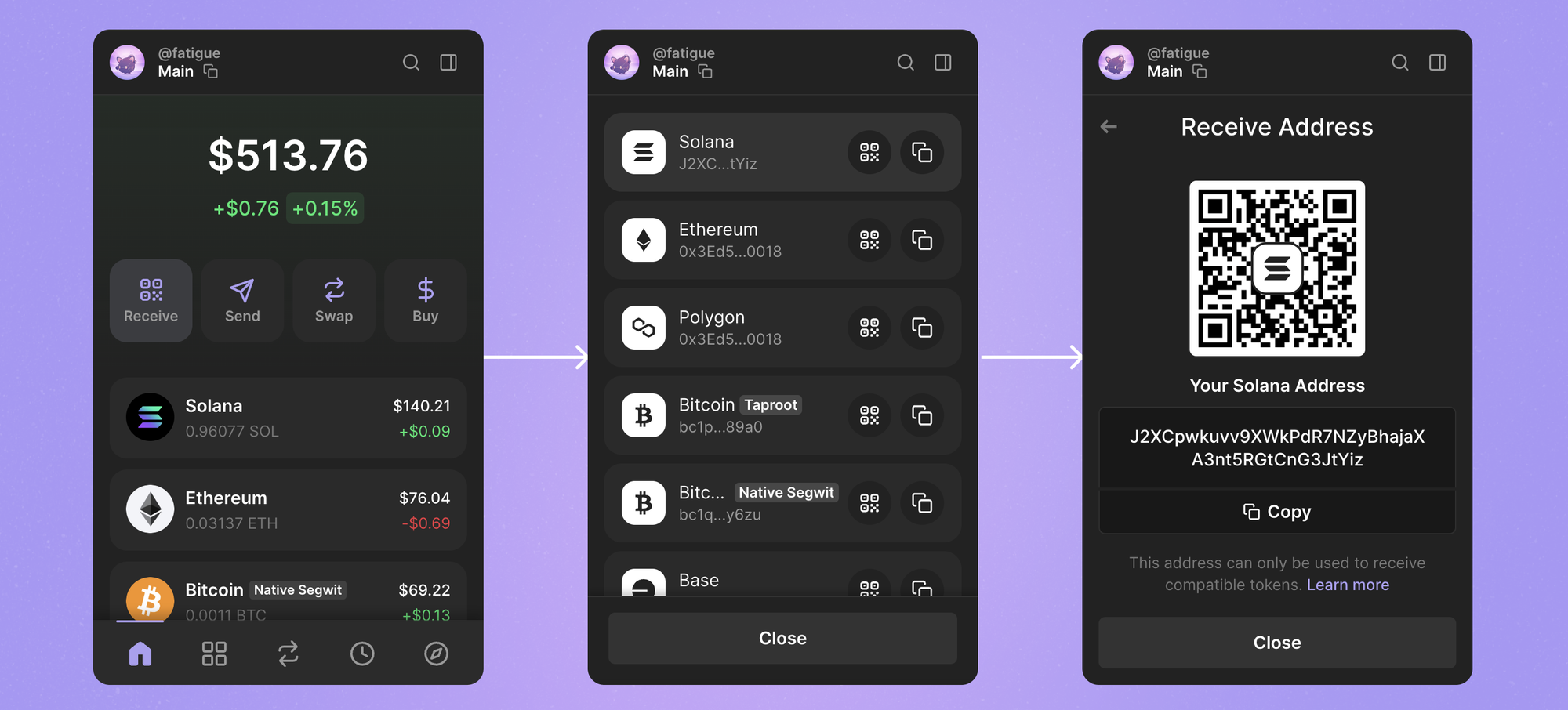TL;DR
- Solana-only… Solflare or Phantom both work. Solflare leans into staking tools, Phantom adds broader multi-chain.
- Solana + EVM in one place… Phantom or MetaMask both cover it. Choose by UX and recovery model.
- EVM-first adding Solana… MetaMask can handle Solana via its Solana integration, or use Phantom if you want Solana, EVM, and Bitcoin in one wallet.
What you’ll learn
- Which wallet fits Solana-only, EVM-only, or mixed usage.
- Recovery choices… seed phrase vs seedless… hardware pairing.
- Where fees appear and how to keep them down.
Introduction
Choosing a wallet isn’t about brand loyalty… it’s about fit. Solana and EVM chains differ in keys, fees, and signing standards. The right pick keeps your daily tasks simple, your costs predictable, and your recovery plan boring. This guide compares Phantom, Solflare, and MetaMask for Solana and EVM users with a practical lens.
Quick answers by scenario
Solana-only
Pick Solflare if you prioritise SOL staking and a clean Solana-native flow. Pick Phantom if you want Solana today with the option to add EVM or Bitcoin later.
EVM-first, adding Solana
If your daily grind is Ethereum or Base with occasional Solana, MetaMask now supports Solana via its Solana integration… enable it and learn the Solana account model before moving funds. Prefer one wallet for Solana, EVM, and Bitcoin in a single UI… Phantom does that.
Power-user, multi-chain
Carry two… Phantom for Solana, EVM, and Bitcoin… MetaMask for deep EVM tooling and extensions. Use separate browser profiles to avoid provider collisions.
Feature overview by wallet
Phantom
- Networks… Solana, EVM chains, and Bitcoin, including Ordinals and BRC-20.
- Platforms… browser, iOS, Android.
- Recovery… classic seed phrase or seedless/passkey-style option.
- Hardware… Ledger pairing supported.
- Built-ins… in-wallet swaps, bridging hand-offs, NFT gallery with spam controls.
Solflare

- Networks… Solana-first, built for SOL and SPL tokens.
- Platforms… browser, iOS, Android.
- Recovery… seed phrase by default, hardware pairing recommended.
- Hardware… Ledger pairing, clear staking flows.
- Built-ins… swaps, SOL staking, solid validator workflow.
MetaMask

- Networks… EVM-first, now supports Solana via MetaMask’s Solana integration.
- Platforms… browser, iOS, Android.
- Recovery… seed phrase by default, hardware pairing optional.
- Hardware… Ledger and Trezor supported.
- Built-ins… swaps, bridge integrations, rich EVM extension ecosystem.
Step-by-step… set up safely
- Decide recovery… seed phrase or seedless. If seed phrase, write it on paper and store offline. If seedless, understand the recovery path and limits.
- Install from the official site, not ads. Pin the extension.
- Create your first account… then add a second account for testing.
- Pair hardware before funding where supported.
- Fund with a small amount and run a test transaction on each chain you plan to use.
- Tighten permissions… set spend caps on EVM approvals, review connected sites, revoke old allowances.
- Enable biometrics or PIN on mobile and set an auto-lock timer.
- Backups… store seed phrase offline, or confirm your seedless recovery on a second device.
Checklist
- Official download verified… no sponsored links
- Recovery path chosen and tested
- Hardware wallet paired
- Test transactions sent
- Approvals reviewed and old ones revoked
- Auto-lock set on mobile
Costs… where fees hide

- Network fees… paid to the chain, SOL lamports or EVM gas. Busy times cost more on EVM.
- Swap and bridge fees… spread, protocol fee, and gas on both sides. Compare routes before confirming.
- On-ramp fees… card is fast but pricey, bank transfers cheaper for size.
- Hidden costs… failed transactions, bad routing, unlimited EVM approvals that get abused.
Quick playbook
Use L2s for EVM activity when speed and cost matter… batch actions when gas is calm… prefer bank transfer for larger on-ramps… always test tiny first.
Risks and how to avoid them
- Fake extensions and phishing… bookmark official sites, verify the extension publisher, avoid sponsored search results.
- Lost recovery… two-location backup for seed phrases, or test seedless recovery on a second device now, not later.
- Unlimited EVM allowances… use spend caps, run periodic revoke checks.
- Bridge risk… prefer well-audited routes, confirm destination chain and token address, move small first.
- SIM-swap or device theft… hardware wallet, device passcode, biometric lock, remote-wipe enabled.
Common mistakes

- Funding the wrong network format… sending SOL to an EVM address or vice-versa. Fix by withdrawing to the correct network and testing tiny first.
- Mixing wallets in one browser profile… causes dApp connection clashes. Fix with separate profiles or a dedicated browser per wallet.
- Treating seedless like magic… you still need a recovery plan. Test the restore path on a spare device.
Mini FAQ
Does MetaMask support Solana now?
Yes… enable MetaMask’s Solana support and follow the Solana account model before moving funds.
Can I hold Bitcoin in Phantom?
Yes… Phantom supports Bitcoin alongside Solana and EVM activity.
Which is safest?
Safety is mostly about recovery and habits. Pair a hardware wallet where possible, use spend caps on EVM approvals, and don’t click sponsored links.
Can I import wallets between apps?
You can often import with the same seed phrase, but galleries, staking views, and token lists may differ. Always test with tiny amounts.
If this helped you choose, join Alpha Insider for deeper tool walkthroughs, safe routing playbooks, and weekly timing windows. Fewer mistakes… better decisions… more conviction.














Discussion